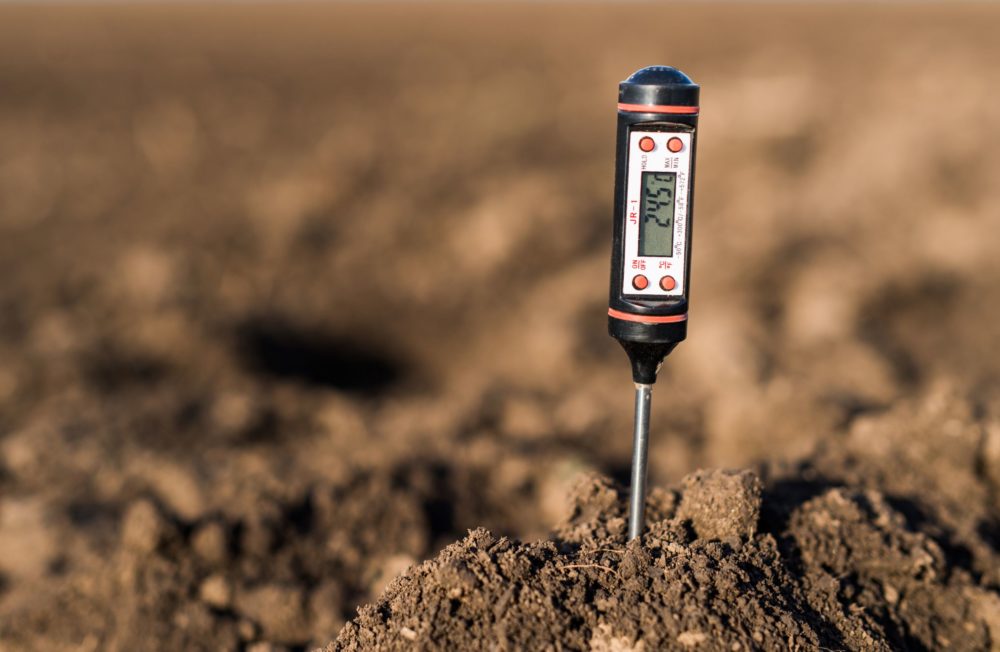Knowing your soil’s pH is crucial for growing healthy plants While you can send soil samples to a lab for precise pH testing, using test strips is a convenient and affordable way to check pH levels right in your garden With just a few simple steps, pH test strips provide reasonably accurate results to monitor and maintain optimum soil acidity or alkalinity.
When to Test Soil pH
Test soil pH a couple times per year – early spring before planting and late summer before amending and mulching for winter Test again anytime you
- Prepare a new planting bed
- Suspect nutrient deficiency in plants
- Add lime or sulfur to alter pH
- Notice changes in soil structure or color
Routine testing ensures soil pH remains in the ideal range as you garden through the seasons.
Gather Your Materials
You’ll need the following supplies:
- pH test strips – select strips meant for soil testing
- Clean containers – glass jars or plastic cups work well
- Distilled water – tap water may skew results
- Trowel for digging
- Coffee filter or mesh strainer
- Spoon for mixing
Take a Soil Sample
Collect soil from several spots around the area you want to test. Scrape away any mulch or dead plant material and dig 4-6 inches down. Place soil in your container.
Remove rocks, debris, roots and bugs. Break up clumps and mix the sample together. Fill your container about halfway with the blended soil.
Add Distilled Water
Add distilled water until the soil is thoroughly moist but still crumbly, similar to a thick cake batter. Give it a good stir to create a slurry.
Let the mixture sit for at least 30 minutes. This allows the soil to dissolve and release its properties into the water.
Drain the Soil Mixture
Next, drain the liquid into another clean container, using a coffee filter or mesh strainer to separate the soil solids from the water. Discard the solids.
The liquid contains the pH information you need for the test strip to work.
Use the pH Strip
Follow instructions on the test strip package for accurate use. Briefly submerge the strip in the drained liquid. Compare the color change on the strip to the chart on the package to determine pH level.
Fresh strips and adequate lighting are important for correctly gauging colors. Test more than once and average results for greater accuracy.
Evaluate and Adjust pH Levels
Ideal pH for most plants is 6.0-7.0. If results are out of this range, soil amendments can modify pH.
To lower pH (make more acidic):
- Sulfur
- Composted pine needles
- Coffee grounds
- Peat moss
To raise pH (make more alkaline):
- Wood ash
- Limestone
- Bone meal
- Crushed oyster shells
Recheck pH in 4-6 weeks after amending soil. It takes time for additives to fully integrate. Continue monitoring and modifying as needed to reach desired pH.
Tips for Accurate Results
- Use fresh strips – old strips lose accuracy
- Follow instructions precisely
- Use distilled water – tap water contains minerals affecting pH
- Mix soil sample thoroughly before testing
- Allow soil-water mixture to stand 30+ minutes before draining
- Drain liquid completely before dipping strip
- Take tests in good lighting to match colors accurately
- Average multiple tests for greater precision
With the proper materials and careful technique, soil pH test strips allow gardeners to easily and affordably monitor the acidity or alkalinity levels in their soil. While not as precise as professional lab testing, strips provide a simple on-site method to determine if pH adjustments are needed for optimal plant growth and yield.
How to Use pH Litmus Strips to Measure pH in Vegetable Garden Soil – The Rusted Garden 2013
FAQ
How accurate are soil pH test strips?
What is the best way to test pH in soil?
How do you use pH strips to test soil?
Although generally less accurate than certain laboratory methods, strips provide a means to determine a rough range that your soil’s pH falls within. 1. Place 1 to 3 teaspoons of soil in a small plastic or glass container such as a test tube or small beaker. 2. Fill the container with distilled water to the same level as the soil sample. 3.
What is the best way to test soil pH?
To test your soil pH, you’ll need distilled water, a coffee filter, and some pH test strips for soil from TestSure. Place a small amount of soil in a clean glass or plastic container, then pour in an equal amount of water. Stir the sample and let it sit for at least a half hour.
How do pH test strips work?
Standard or “Universal” pH test strips do not provide accurate results when used to test the soil. Garden Tutor Soil pH Test Strips are specially designed and calibrated to ensure accurate soil pH readings. Knowing your soil pH allows you to adjust and amend your soil to match the needs of your plants.
- A Complete Guide to Caring for Yuki Cherry Blossom Shrub - January 23, 2025
- Identifying Red Hot Poker Seeds: What to Look For When Harvesting Torch Lily Pods - January 23, 2025
- A Complete Guide to Harvesting Evening Primrose Seeds - January 23, 2025

